Top 10 Payroll Compliance Pitfalls for Film & TV Productions and How to Avoid Them

Film and TV payroll is a different animal. You are juggling multiple unions, sideletters, state and local laws, changing work locations, and short hiring cycles. Small misses snowball into penalties, grievances, or benefit-fund findings that eat your budget and your week. Below are the ten pitfalls I see most often on shows, plus practical moves to avoid them. Share this with your payroll team, production accountants, and line producers, and fold it into onboarding and training from day one.
1) Misclassifying Crew or Talent as Independent Contractors
The pitfall: Treating crew as 1099 contractors because they work short engagements or bring their own gear. In our industry, most crew are employees under wage and hour tests, even for short runs. Misclassification triggers tax exposure, wage claims, and union disputes.
Avoid it: Default to W-2 employment for crew. If you engage loan-outs, verify business status and follow the union’s contribution rules. Work with your payroll company to align worker setup, tax treatment, and benefit reporting. Train coordinators and producers on when a loan-out is appropriate and what documents are required.
2) Getting “Hire State” vs “Work State” Wrong
The pitfall: Withholding and labor rules based on the production office location rather than where services are actually performed. Road units, distant locations, and second units create multi-state exposure fast.
Avoid it: Capture daily work location on timecards and call sheets, not just home addresses. Configure your payroll system for multi-state withholding and local taxes where applicable. Add a mini training module for ADs and POCs on location capture and how it drives payroll taxes and wage rules.
3) Applying the Wrong Union Agreement or Sideletter
The pitfall: Assuming “Basic Agreement rules” apply everywhere. New Media sideletters, Area Standards, and local amendments can change minimums, premiums, and classification rules. Editorial, post, and certain technical classifications often have unique carve-outs.
Avoid it: Confirm coverage by production type, platform, running time, and location, then select the correct CBA or sideletter. Build a coverage matrix in your start packet workflow so the right wage tables load automatically. Partner with your payroll company to lock in the correct agreement codes and audit for drift.
4) Overtime and Premiums Calculated Incorrectly
The pitfall: Mixing up daily and weekly overtime, sixth and seventh day rules, holiday premiums, or special local premiums. In California, for example, background actors have a distinct double-time trigger that is not the same as other classifications.
Avoid it: Publish a one-page OT and premium quick guide per show, by union and locality. Configure rules in your payroll system and spot-check the first two weeks of production. Include a short training on “golden hours,” turnaround, night premiums by local, and different weekly vs daily OT triggers for weekly hires.
5) Meal Period and Rest Break Violations
The pitfall: Inconsistent first meal, late second meal, or skipped breaks without penalties. These errors multiply across departments and days, creating real liability and grievances.
Avoid it: Treat meal tracking as part of the AD team’s daily checklist. Instruct departments to log actuals, not assumptions. Train POCs and timecard approvers on how penalties calculate and when second meals are required. Have your payroll company show approvers what a properly coded meal penalty looks like on edits so they can recognize misses before approval.
6) Benefit Contributions: Subject Wages and Remittance Errors
The pitfall: Wrong subject-wage definitions, incorrect ceilings or floors, late remittances, or missing benefit redirection. A small setup error can trigger big discrepancies when funds audit your show.
Avoid it: Build a fringe checklist by union that spells out subject wages, contribution rates, and any ceilings. Some funds do not cap contributions, so assumptions can be costly. Require a second set of eyes on contribution registers before the first remittance. Ask your payroll company to run a pre-bill “fringe reasonableness” report weekly.
7) Weak Start Paperwork and I-9 Procedures
The pitfall: Missing or late I-9s, outdated W-4s or state forms, or keeping I-9s mixed in personnel files. Remote onboarding and short hires increase the risk.
Avoid it: Standardize a digital onboarding flow that enforces required federal and state tax forms, I-9 completion, and direct deposit. Store I-9s separately, retain them for the correct period after wrap, and schedule periodic audits. Train department heads to escalate paperwork gaps immediately so the payroll team can cure defects before payday.
8) Final Pay Timing and Waiting Time Penalties
The pitfall: In certain states, waiting too long to issue a final check after layoff or wrap can create significant penalties. Confusion around whether travel days, kit rentals, allowances, or mileage are included makes it worse.
Avoid it: Map final pay timing by state before you crew up. For California, plan workflows that allow same-day or prompt final pay at wrap. Pre-collect kit and mileage logs by department so nothing delays the cut. Ask your payroll company to configure a “final pay” flag and a same-day payment path for last-day terminations.
9) Timecard Data Quality and Audit Trail Gaps
The pitfall: Sloppy time entries, missing work locations, no occupation codes, or unapproved edits. When a fund or union audits, incomplete detail hurts your position.
Avoid it: Require digital timecards with structured fields for classification, guarantees, in and out times, meal times, premiums, and location. Lock approvals to department heads and the production payroll lead. Keep a clean audit trail of changes and approvals. Train approvers to reject vague or incomplete timecards and to add explanatory notes for unusual work patterns.
10) Confusion About Roles: Payroll Company vs Production
The pitfall: Assuming your payroll company is the employer of record for everything or that they will “own” compliance. In practice, the production remains the common law employer, and many compliance tasks belong to the production side.
Avoid it: Write down who does what. Your payroll partner processes, calculates, and advises, but the production sets rates, confirms coverage, approves time, and ensures working conditions match the agreement. Hold a kickoff with department heads, the production payroll accountant, and your payroll company to align signatures, approval queues, edit timelines, fringe rules, and who resolves what.
Build a Prevention Plan, Not a Cleanup Plan
Compliance is easier when it is visible and routine. Stand up a short, show-specific training for ADs, coordinators, and department heads that covers coverage, OT, meal rules, location capture, and approvals. Keep it to 30 minutes, record it, and make it part of onboarding. Use your payroll company’s system training to reinforce how the rules appear on timecards and edits. Create a weekly compliance rhythm: Monday start paperwork sweep, Tuesday fringe review, Wednesday edit approvals, Thursday post-pay check, Friday exception log and corrections.
Finally, empower your payroll team. Give them clear authority to stop a timecard that violates the CBA, escalate rate questions, and request corrected start paperwork. The best productions treat compliance as a daily operational practice, not an afterthought. That mindset, combined with targeted training and a strong partnership with your payroll company, will keep your show on schedule, your crews paid correctly, and your audits boring, which is exactly how you want them.









